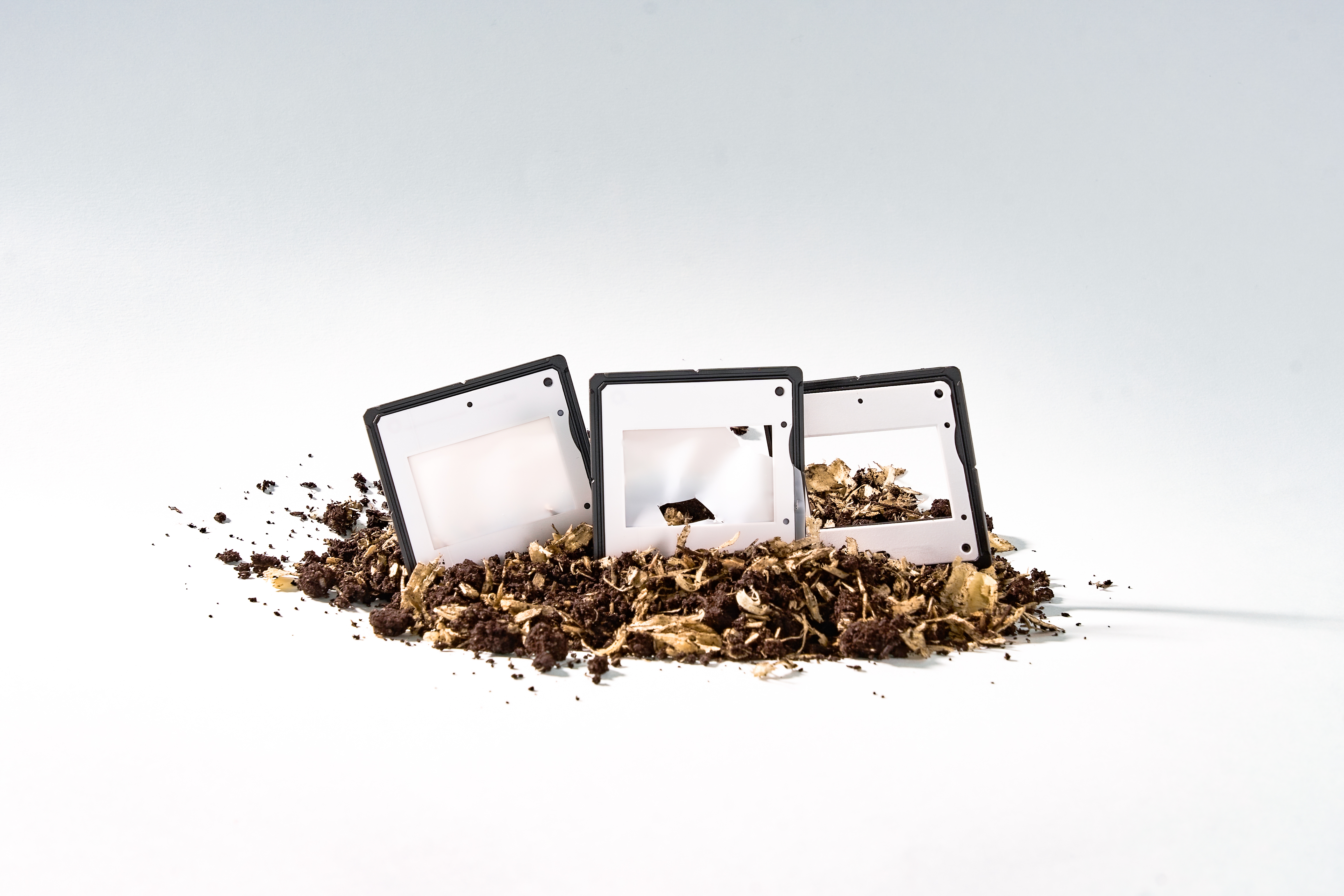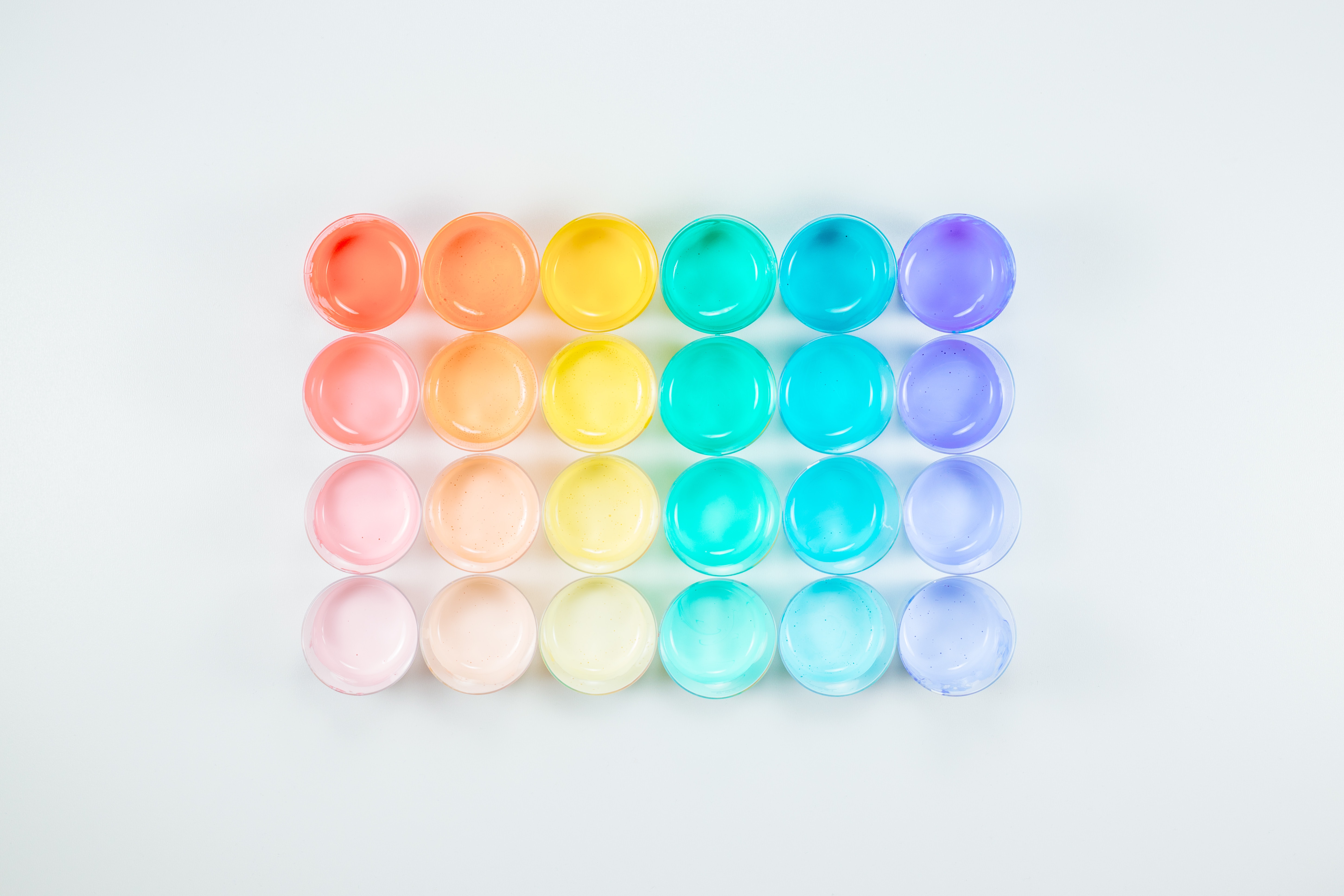The history of plastic in 15 key dates
If the consumption and production of plastics have surged at an unprecedented pace, how long have we been using plastics ?
In 2021, global plastic production reached over 460 million metric tonnes. This remarkable growth can be attributed to mankind’s ongoing search for technical materials that provide advantages not always found in natural materials. So, while plastic consumption and production have surged at an unprecedented pace, how long have we been using plastics ? Here are 15 key dates to retrace the history of this pratical material !
Plastic is an “antiquity”!
Centuries before the Common Era, people were already harnessing the plastic properties of materials like rubber, amber, horn, and tortoise shell. By heating and molding these substances, they created a diverse range of objects. These early plastics were of natural origin, meaning they were derived from non-fossil raw materials (such as oil) and required minimal processing. The earliest known plastic manipulated by humans is believed to have been latex, used to craft balls and figurines around 1,600 years before our era in South America**.
19th century: the first artificial plastics
While the history of plastics has its roots in antiquity, it wasn’t until the late 19th century that their usage experienced significant growth, thanks to the development of synthetic plastics. Several researchers made pivotal contributions to this breakthrough, and a few of them are listed below:
1862 : Parkesine, the first form of artificial plastic
The initial prototypes of Parkesine were showcased at the London International Exhibition. Parkesine, derived from plant cellulose, marked the earliest incarnation of synthetic plastic. Its creation can be attributed to Alexander Parkes: while he initially pursued alternative materials capable of mimicking natural rubber, it was during his investigation of cellulose nitrate that he stumbled upon a novel material. This one exhibited characteristics of being both rigid and flexible, water-resistant, opaque, capable of being colored, and amenable to shaping with tools akin to metals through compression molding
1870 : the invention of Celluloïd and the first commercial use of plastic
In that year, the Phelan and Collander company, renowned for manufacturing billiard balls, initiated a competition offering a $10,000 prize to anyone who could discover a substitute for ivory, the exclusive material used by the company at this time. John Wesley Hyatt and his brother, printers from New York State, conceived the notion of enhancing Parkesine by incorporating camphor, leading to the birth of celluloid. While celluloid was extensively employed in the production of table tennis balls and film for a significant period, its high flammability eventually rendered it obsolete.
XXth century: new, fully-synthetic plastics
The 20th century witnessed the emergence of plastics in industry. Gradually, new types of plastics began to multiply, supplanting the applications of natural materials that had become scarce, costly, or unattainable, especially during the world wars.
1907: birth of industrial plastic with Bakelite
A pivotal milestone occurred when the Belgian-American chemist, Leo Baekeland, pioneered Bakelite, the first industrial plastic founded on a synthetic polymer. Thanks to its electrical and thermal insulating properties coupled with its lightweight nature, and despite its opaque, subdued and brownish hues, Bakelite found extensive application in items such as telephone casings, saucepan handles, electrical sockets, and ashtrays. Some of these objects from that era are now considered ‘retro’ and are gradually making a resurgence as they once again adorn contemporary home interiors.
In the subsequent year, 1908, Swiss chemist J. Brandenberger introduced the first flexible and entirely transparent material, known as cellophane.
1926: invention of PVC
This significant date marks the commencement of the commercial triumph of PVC (polyvinyl chloride). Although early in the 20th century, Russian chemists, Ivan Ostromislensky and Fritz Klatte, both endeavored to employ PVC in commercial applications, their attempts proved unsuccessful due to the challenges associated with processing the polymer. It wasn’t until 1926 that Waldo Semon, in collaboration with B.F. Goodrich, devised a method for plasticizing PVC through the incorporation of additives, rendering the material more pliable and easier to manufacture. Four years later, industrial production of polystyrene, marketed under the name Styrofoam, commenced. This rigid, low-density material was initially used for thermal insulation in buildings.
1935: versatile polyamide
A few years later, polyamide made its debut. This fiber was promoted as ‘as strong as steel, as delicate as a spider’s web, and possessing a magnificent sheen’ by DuPont de Nemours, the American chemical company that pioneered it. This plastic exhibited a low coefficient of friction and demonstrated its value in G.I. parachutes during the 1945 landings. It was also employed in the production of stockings.
1938: Teflon and its numerous uses
Polytetrafluoroethylene (Teflon), an insulator renowned for its outstanding chemical and thermal resistance (withstanding temperatures of up to 250°C and even higher peaks of 300°C), found its initial application in the military nuclear industry during wartime. Subsequently, in the 1960s, it gained popularity as a coating for frying pans due to its non-stick properties and became a staple ingredient in technical fabrics like Gore-Tex.
1940: plastic at the service of military forces
It was the production of silicone and synthetic rubber that ultimately satisfied the raw material demands of the warring nations during the Second World War. In fact, it was the military requirements of the First and Second World Wars that drove the industrial and technological advancements in the field of synthetic chemistry.
Second half of the 19th century: democratisation!
It was after the First World War that plastics made their most significant foray into the industrial landscape: polystyrene, polyamide, and more gradually became ubiquitous in households, transcending social strata. During this period, plastics were primarily derived from oil or natural gas, and the availability of petrochemicals made them affordable. This transformation, unparalleled in human history in terms of scale and rapidity, saw traditional materials swiftly supplanted by synthetic substances. The mass consumption and diversification fueled a surge in demand, propelling the growth of this emerging industry. The applications were remarkably diverse, extending to ‘small everyday objects’.
1947: birth of the first bioplastic
Rilsan (or Polyamide 11) marked the inception of technical bioplastics available in the market. The patent was submitted by a small French company named Organico. Crafted from a derivative of castor oil, it was transformed into fibres that rivaled the technical plastics utilized for creating lightweight, durable mechanical components.
1949 : plastics for daily use
The ‘melamine-formaldehyde, MF’ (Formica) plastics, discovered in 1941, made their way into kitchens and furniture. They were succeeded by polyester, with the most famous variant being polyethylene terephthalate (PET, PETE). Extensively employed in the fashion industry, often in blends with other fibers (particularly cotton and linen), its applications had diversified across various industrial sectors.
1953: multi-sectoral plastic
The introduction of high-density polyethylene (HDPE) expanded the family of low-density radical polyethylene (LDPE), discovered in 1939. High-density PE is employed in the manufacturing of rigid products such as bottles (for detergents, cosmetics, etc.), containers, cans, jerrycans, automotive fuel tanks, pipes, and more. In contrast, low-density PE is used for producing flexible items like bags, films, sachets, and flexible tubes.
This same year, polycarbonate (PC) made its debut, representing an exceptionally transparent plastic highly resistant to impact (utilized, for instance, in astronauts’ helmets during the Apollo 11 mission in 1969!). The subsequent year marked the invention of polypropylene (PP), notably used in the automotive industry.
1973: plastic becomes sophisticated
The oil crisis marked a pivotal moment in the history of consumption at large, and plastics in particular. Plastics, once regarded as disposable and low-cost alternatives, transformed into sophisticated and high-tech materials. They became more cost-effective, efficient and adaptable, allowing manufacturers to unleash their creativity.
1990s: development of bioplastics
It was predominantly during this period that bioplastics were developed, with the emergence of PLA, PHAs, and plasticized starches. Since then, bioplastics have experienced significant advancements within the realm of green chemistry, closely aligned with the increasing environmental awareness.
Nowadays: a record rate of plastics production, despite protests
460 million metric tonnes
This is the amount of plastic produced worldwide every year (source : OECD 2022).
Due to the numerous advantages they offer, global plastic production continues to witness substantial annual growth. This material facilitates the convenient transport of heavy or bulky items while adhering to hygiene standards.
However, the environmental repercussions of plastics are increasingly under scrutiny, emerging as a significant societal concern. It is therefore imperative to reevaluate the lifecycle of this versatile material.
Find out more: Plastic in our society

Heureusement, la prise de conscience autour des enjeux environnementaux se développe et incite à de nouveaux progrès : amélioration du recyclage, utilisation de matières premières renouvelables, utilisation raisonnée des matériaux, développement de la biodégradabilité… Ainsi, l’écoconception et l’économie circulaire sont au cœur des préoccupations des chercheurs en plasturgie.
Thankfully, there is a growing awareness of environmental concerns, which is fostering new advancements in several areas such as enhanced recycling, the utilization of renewable raw materials, the judicious use of resources, and the development of biodegradable options. Ecodesign and circular economy have thus become central focal points for researchers in the field of plastics.
DEFINITIONS :
-
- Plastic is a composite containing a base material (a polymer) that can be moulded and shaped, generally while hot and under pressure, in order to lead to a semi-product or an object.
- The term bioplastic designates two types of materials. The first is bio-sourced plastics (derived from biomass); the second is biodegradable (i.e. compostable) plastics, including those derived from fossil resources (petrochemical reactions). Some bioplastics have both characteristics: they are biosourced and biodegradable.
SOURCES :
* Source : OECD 2022
** Hosler, D., Burkett, S. L. & Tarkanian, M. J. Prehistoric polymers: rubber processing in ancient Mesoamerica. Science 284, 1988-1991 (1999).
These articles may interest you
As plastic pollution has emerged as a significant societal concern, numerous international organizations, including governments, unions, industries, research centers, certification and standardization bodies, and others, are actively engaged in developing and adopting new materials, such as biodegradable and compostable polymers.
At the national level, legislation is being enacted to establish dedicated composting systems, with the objective of reducing the use of conventional plastics in single-use products and non-recyclable plastics. These efforts are manifested through standards and labels affixed to products, serving as evidence of their compliance.
Biodegradable bio-based plastics are emerging as a complementary solution to recycling in the fight against pollution. However, in a period where land and water are also becoming critical concerns on a global scale, what impact will the development of biosourced plastics production have on our farmland?
100% biosourced and biodegradable, PLA is one of the first renewable plastics capable of competing with conventional plastics in terms of both performance and environmental impact! Emitting three times less CO2 and already available on the market, PLA could well contribute to reconciling plastics with the planet. Find out everything you need to know about this bioplastic!


